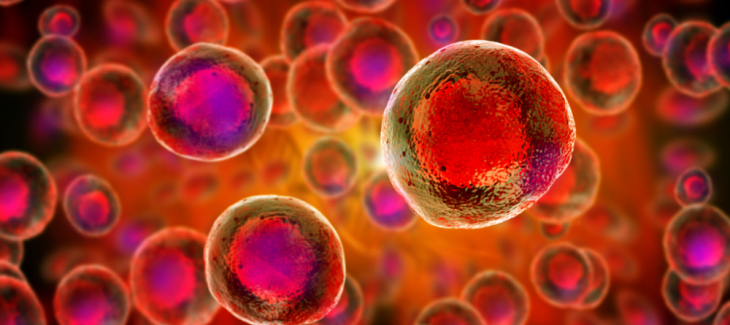- General
- Nurse Practitioners
- Registered Nurses
- Telehealth
- Career Trends
- Featured
- Legal
- News and Events
- Technology
- How To
- Procedures
- Training
- Employer News
- Candidate News
- Nursing
- Advanced Practice
Recent Posts
Most Popular
Researchers Reprogram Skin Cells To Improve Wound Care

Researchers at Salk Institute have discovered a way to heal wounds by reprogramming the cells of a wound to regenerate skin.
Very often, when a person suffers a skin wound, cells on the outer layer of the skin move toward the affected area in order to seal the injury. In the case of large wounds or wounds in older patients, this process is impaired, creating the need for simple treatments.
Wounds that destroy all layers of skin lose their ability to regenerate tissue, leaving the wound area vulnerable to infection and loss of fluids.
In the past, surgeons would isolate stem cells from a patient, grow them in a lab, and then transplant them back to the patient. The process is lengthy and challenging because in many cases the skin graft fails. Even when the wounds are successfully closed, scar tissue often results.
Scientists developed a way to trick the cells within a wound into becoming healing surface skin cells. The genetic technique, called cellular reprogramming, alters the cells in the wound and programs them for healing. In effect, it converts the cells in an open wound into new skin cells.
By injecting viruses into the cells of non-healing ulcers, researchers forced the cells to become epithelial cells, which are the cells which promote the healing of wounds.
The innovation may shorten the healing time for wounds and may reduce the danger of life-threatening ulcers for an aging population. More importantly, it may provide a simple, non-surgical solution to human wounds.
Because this skin is regenerated in the body, it could circumvent the need for skin transplants or artificial skin grafts, serving as a kind of gene therapy. Engraftment wouldn’t be an issue.
Dating back to 2007, the technology turns back the clock on cell development, allowing researchers to regress cells all the way to the embryonic stage. In a grueling trial-and-error process, the team of scientists worked to identify the factors that address wound healing, and they found four genes that convert cells into skin-producing stem cells.
When the team treated skin ulcers on mice using the four genes, the ulcers grew healthy skin within 18 days. Over time, the layer of skin expanded and connected to the surrounding skin.
Over the course of several weeks, the stem cells regenerated skin that closed the wound. When researchers tested the skin at three and six months, it acted like normal skin.
The development could benefit burn victims, patients with bedsores, and diabetics at risk for developing cutaneous ulcers, which extend through multiple layers of skin. These wounds sometimes develop into deadly infections or amputations.
The growing rate of diabetes alone underscores the need for this kind of technology. Diabetics frequently develop undetected ulcers on their feet as a result of nerve damage. Left untreated, these ulcers can result in the amputation of toes or even the entire foot.
Researchers said the technology must be improved before use with humans. Additionally, researchers must conduct long-term safety studies since one of the genes involved in the process is known to potentially cause cancer.








Comments